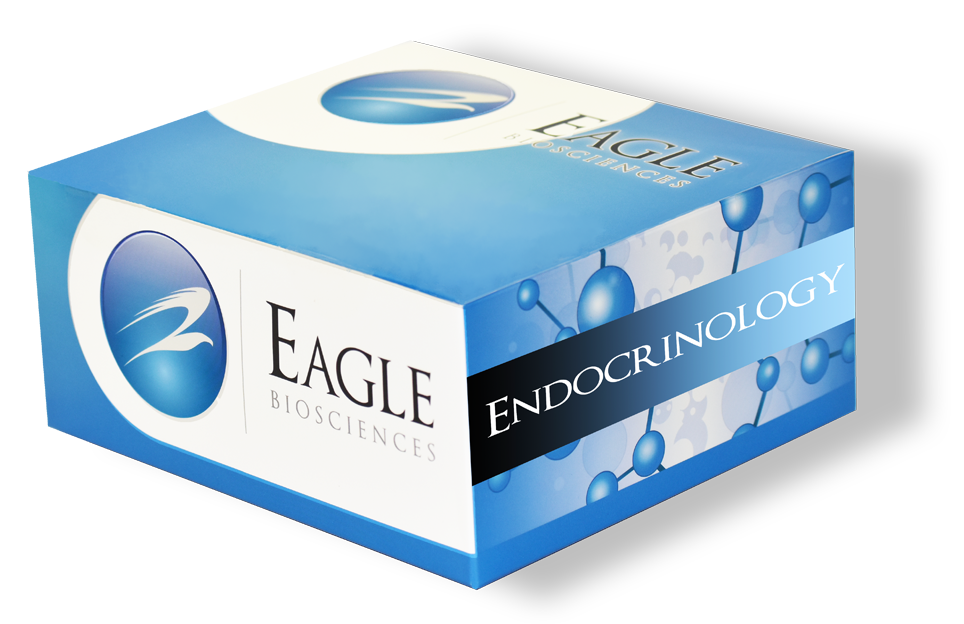Rodent Obestatin ELISA Assay
The Rodent Obestatin ELISA Assay is For Research Use Only
Size: 1×96 wells
Dynamic Range: 0.082 – 20 ng/mL
Incubation Time: 22 hours
Sample Type: Mouse or Rat Serum
Sample Size: 25 μL
Controls Included
Assay Background
Obestatin is a 23 amino acid residues peptide isolated from the rat stomach. The peptide shares the precursor with a food intake stimulating peptide, ghrelin, but possesses reducing effects on food intake, gut motility and body weight. With the use of an antiserum directed against the mouse/rat obestatin, obestatin immunoreactivity (irOBS) was detected in cells of the gastric mucosa and myenteric plexus and in Leydig cells of the testis in Sprague–Dawley rats. Double labeling of myenteric plexus with antisera against obestatin and choline acetyltransferase (ChAT) revealed that nearly all irOBS neurons were ChAT positive and vice versa.
Obestatin (100nM) added to dissociated and cultured rat cerebral cortical neurons elevated cytosolic calcium concentrations [Ca+2]i in a population of cortical neurons. Intracerebroventricular administration of obestatin inhibited water drinking in ad libitum fed and watered rats, and in food and water deprived animals. In addition, obestatin inhibited angiotensin II-induced water drinking in animals provided free access to water and food. Obestatin peptides had no effect on insulin sensitivity as revealed by hypoglycaemic response when co-administered with insulin, supporting a role of obestatin in regulating metabolism through changes of appetite, but indicating no direct actions on glucose homeostasis or insulin secretion. It is supposed that in rats the effects of obestatin on food intake may be secondary to an action of the peptide to inhibit water drinking.
The obestatin concerning study for energy homeostasis and body weight regulation could be expected to have a large development in the future. The mouse/rat obestatin EIA assay kit developed by our laboratory can be used for direct determination of serum obestatin level’s variations and will be a useful tool for further development of obestatin research.
Related Products
Human Obestatin ELISA Assay Kit
Rodent Urocortin 3 ELISA Assay
Rodent Urocortin 1 ELISA Assay



